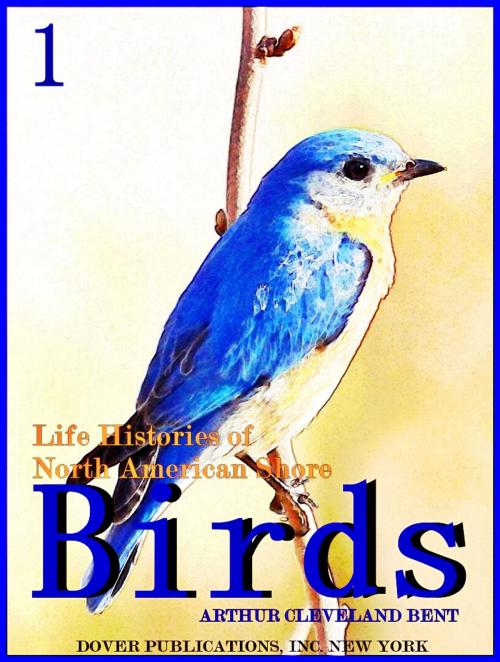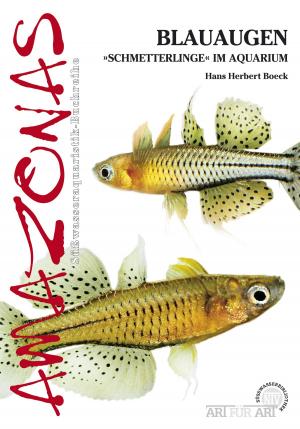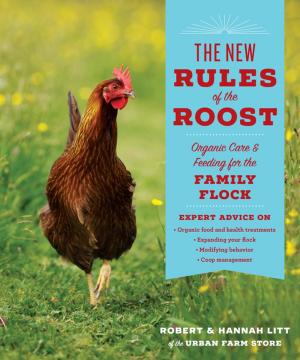Life Histories of North American Shore Birds, Part 1 (of 2) (Illustrations)
Kids, Natural World, Animals, Nonfiction, Science & Nature, Nature, Pets| Author: | Arthur Cleveland Bent | ISBN: | 1230000272351 |
| Publisher: | DOVER PUBLICATIONS, INC. NEW YORK | Publication: | October 5, 2014 |
| Imprint: | Language: | English |
| Author: | Arthur Cleveland Bent |
| ISBN: | 1230000272351 |
| Publisher: | DOVER PUBLICATIONS, INC. NEW YORK |
| Publication: | October 5, 2014 |
| Imprint: | |
| Language: | English |
Example in this ebook
This is the seventh in a series of bulletins of the United States National Museum on the life histories of North American birds. Previous numbers have been issued as follows:
107. Life Histories of North American Diving Birds, August 1, 1919.
113. Life Histories of North American Gulls and Terns, August 27, 1921.
121. Life Histories of North American Petrels, Pelicans and their Allies, October 19, 1922.
126. Life Histories of North American Wild Fowl, May 25, 1923.
130. Life Histories of North American Wild Fowl, June 27, 1925.
135. Life Histories of North American Marsh Birds, "1926." (= March 11, 1927).
The same general plan has been followed, as explained in previous bulletins, and the same sources of information have been utilized.
The classification and nomenclature adopted by the American Ornithologists' Union, in its latest check list and its supplements, have been followed, mainly, with such few changes as, in the author's opinion, will be, or should be, made to bring the work up to date, and in line with recent advances in the science.
The main ranges are as accurately outlined as limited space will permit; the normal migrations are given in sufficient detail to indicate the usual movements of the species; no attempt has been made to give all records, for economy in space, and no pretense at complete perfection is claimed. Many published records, often repeated, have been investigated and discarded; many apparently doubtful records have been verified; some published records, impossible to either verify or disprove, have been accepted if the evidence seemed to warrant it.
The egg dates are the condensed results of a mass of records taken from the data in a large number of the best egg collections in the country, as well as from contributed field notes and from a few published sources. They indicate the dates on which eggs have been actually found in various parts of the country, showing the earliest and latest dates and the limits between which half the dates fall, the height of the season.
The plumages are described only in enough detail to enable the reader to trace the sequence of molts and plumages from birth to maturity and to recognize the birds in the different stages and at the different seasons. No attempt has been made to fully describe adult plumages; this has been already well done in the many manuals. The names of colors, when in quotation marks, are taken from Ridgway's Color Standards and Nomenclature (1912) and the terms used to describe the shapes of eggs are taken from his Nomenclature of Colors (1886 edition). The heavy-faced type in the measurements of eggs indicates the four extremes of measurements.
Many of those who contributed material for former volumes have rendered a similar service in this case. In addition to those whose contributions have been acknowledged previously, our thanks are due to the following new contributors: Photographs, notes, or data have been contributed by W. B. Alexander, Clark Blickensderfer, C. E. Chapman, Karl Christofferson, C. W. Colthrup, Walter Colvin, W. M. Congreve, Joseph Dixon, J. G. Gordon, S. A. Grimes, W. C. Herman, Frank Howland, W. I. Lyon, T. R. Miley, D. J. Nicholson, R. H. Rauch, Russell Richardson, jr., W. A. Smith, J. D. Soper, E. S. Thomas, M. B. Trautman, C. F. Walker, F. M. Weston, H. F. Witherby, A. H. Wood, jr., and C. J. Young.
Receipt of material from over 250 contributors has been acknowledged in previous volumes
.
To be continue in this ebook................................................................................................................
Example in this ebook
This is the seventh in a series of bulletins of the United States National Museum on the life histories of North American birds. Previous numbers have been issued as follows:
107. Life Histories of North American Diving Birds, August 1, 1919.
113. Life Histories of North American Gulls and Terns, August 27, 1921.
121. Life Histories of North American Petrels, Pelicans and their Allies, October 19, 1922.
126. Life Histories of North American Wild Fowl, May 25, 1923.
130. Life Histories of North American Wild Fowl, June 27, 1925.
135. Life Histories of North American Marsh Birds, "1926." (= March 11, 1927).
The same general plan has been followed, as explained in previous bulletins, and the same sources of information have been utilized.
The classification and nomenclature adopted by the American Ornithologists' Union, in its latest check list and its supplements, have been followed, mainly, with such few changes as, in the author's opinion, will be, or should be, made to bring the work up to date, and in line with recent advances in the science.
The main ranges are as accurately outlined as limited space will permit; the normal migrations are given in sufficient detail to indicate the usual movements of the species; no attempt has been made to give all records, for economy in space, and no pretense at complete perfection is claimed. Many published records, often repeated, have been investigated and discarded; many apparently doubtful records have been verified; some published records, impossible to either verify or disprove, have been accepted if the evidence seemed to warrant it.
The egg dates are the condensed results of a mass of records taken from the data in a large number of the best egg collections in the country, as well as from contributed field notes and from a few published sources. They indicate the dates on which eggs have been actually found in various parts of the country, showing the earliest and latest dates and the limits between which half the dates fall, the height of the season.
The plumages are described only in enough detail to enable the reader to trace the sequence of molts and plumages from birth to maturity and to recognize the birds in the different stages and at the different seasons. No attempt has been made to fully describe adult plumages; this has been already well done in the many manuals. The names of colors, when in quotation marks, are taken from Ridgway's Color Standards and Nomenclature (1912) and the terms used to describe the shapes of eggs are taken from his Nomenclature of Colors (1886 edition). The heavy-faced type in the measurements of eggs indicates the four extremes of measurements.
Many of those who contributed material for former volumes have rendered a similar service in this case. In addition to those whose contributions have been acknowledged previously, our thanks are due to the following new contributors: Photographs, notes, or data have been contributed by W. B. Alexander, Clark Blickensderfer, C. E. Chapman, Karl Christofferson, C. W. Colthrup, Walter Colvin, W. M. Congreve, Joseph Dixon, J. G. Gordon, S. A. Grimes, W. C. Herman, Frank Howland, W. I. Lyon, T. R. Miley, D. J. Nicholson, R. H. Rauch, Russell Richardson, jr., W. A. Smith, J. D. Soper, E. S. Thomas, M. B. Trautman, C. F. Walker, F. M. Weston, H. F. Witherby, A. H. Wood, jr., and C. J. Young.
Receipt of material from over 250 contributors has been acknowledged in previous volumes
.
To be continue in this ebook................................................................................................................















